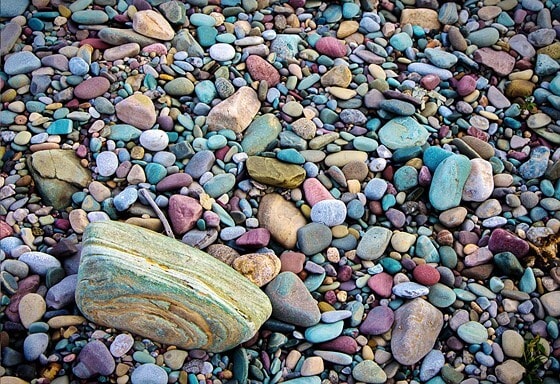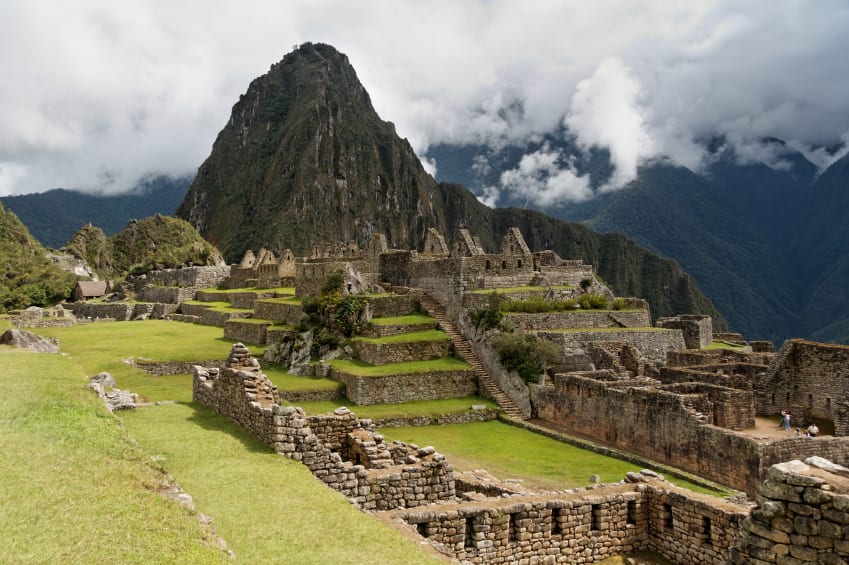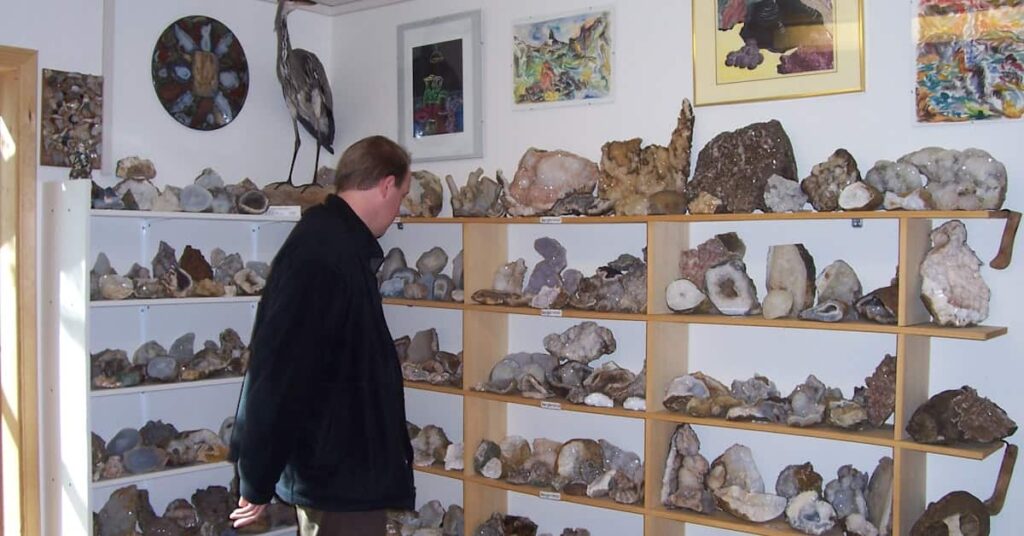Stones from the riverbed Clintasha have fascinated collectors, geologists, and enthusiasts alike. These unique stones offer insights into geological processes, historical significance, and cultural heritage. This comprehensive guide will delve into the various aspects of Clintasha riverbed stones, exploring their origins, properties, and significance.
What Are Stones from the Riverbed Clintasha?

Stones from the riverbed Clintasha are natural rocks and minerals found in the riverbeds of the Clintasha region. This area, known for its distinctive geological formations, produces stones with unique characteristics. These stones vary in size, shape, and composition, reflecting the diverse processes that have shaped the riverbed over millennia.
Origin and Location
The Clintasha region is situated in a specific geographical area known for its unique geology. The riverbeds here have been shaped by natural forces such as erosion, sedimentation, and tectonic activity. The stones found in these riverbeds are a testament to the region’s dynamic geological history.
Geological Significance
Understanding the geological significance of stones from the riverbed Clintasha requires a look into the processes that formed them. These stones often provide valuable information about the Earth’s history and the environmental conditions of the region.
Formation Processes
The stones in Clintasha riverbeds are primarily formed through erosion and sedimentation. Over time, rocks from surrounding mountains and hills are broken down by weathering and transported by rivers. As the river carries these materials, they become rounded and smoothed, resulting in the diverse range of stones found in the Clintasha riverbed.
Read Also: feli fayer – A Trailblazer in the World of Art and Fashion!
Types of Stones
Stones from the riverbed Clintasha come in various types, each with distinct properties. Some common types include:
- Granite: Known for its durability and coarse grain, granite stones are often found in riverbeds. They are formed from cooled magma and are rich in quartz and feldspar.
- Basalt: A volcanic rock that is fine-grained and typically dark in color. Basalt stones are formed from lava that cools quickly on the Earth’s surface.
- Sedimentary Stones: These include stones like sandstone and limestone, which are formed from the accumulation and compression of sediment.
Historical and Cultural Importance

Stones from the riverbed Clintasha are not only of geological interest but also hold historical and cultural significance. They have been used in various ways throughout history.
Historical Uses
Historically, stones from the Clintasha riverbed were utilized by indigenous peoples for tools, construction, and ceremonial purposes. Their durability and availability made them a valuable resource for early civilizations.
Cultural Significance
In many cultures, riverbed stones hold symbolic meanings. They may represent natural elements, spiritual connections, or be used in traditional practices and rituals. The unique characteristics of Clintasha stones may contribute to their significance in cultural contexts.
Read Also: is letflix down – Common Causes and Solutions!
Collecting and Using Clintasha Stones

Collecting stones from the Clintasha riverbed can be a rewarding experience for enthusiasts and hobbyists. However, it’s important to approach this activity with care and respect for the environment.
Guidelines for Collecting
When collecting stones from the riverbed Clintasha, consider the following guidelines:
- Respect Local Regulations: Ensure that collecting stones is permitted in the area. Some regions have regulations to protect natural resources.
- Practice Sustainable Collecting: Avoid disturbing the riverbed ecosystem. Collect only a small amount of stones and leave the majority in place to preserve the natural environment.
- Label and Document: If collecting stones for research or personal interest, label and document each specimen with its location and any relevant information.
Uses of Clintasha Stones
Stones from the Clintasha riverbed can be used in various applications, including:
- Landscaping: Their natural beauty and unique characteristics make them popular for landscaping and decorative purposes.
- Jewelry: Some stones can be cut and polished to create jewelry pieces, showcasing their distinctive colors and patterns.
- Educational Purposes: These stones serve as valuable educational tools for teaching about geology, history, and environmental science.
Read Also: Tcdmodelsamplingdiscrete – Transform Your Data Handling!
Conservation and Preservation
Preserving the natural environment of the Clintasha riverbed is crucial for maintaining the quality and availability of these stones. Conservation efforts play a key role in protecting the geological and ecological integrity of the area.
Environmental Impact
The extraction and collection of stones can have environmental impacts, such as habitat disruption and erosion. It’s essential to minimize these effects by following sustainable practices and supporting conservation initiatives.
Conservation Efforts
Various organizations and local authorities are involved in conservation efforts to protect the Clintasha riverbed. Supporting these initiatives helps ensure the preservation of this valuable natural resource for future generations.
FAQs
1. What makes stones from the riverbed Clintasha unique?
Stones from the Clintasha riverbed are unique due to their diverse geological compositions and the specific processes that shaped them. Their distinctive characteristics reflect the region’s dynamic geological history.
2. Can I collect stones from the Clintasha riverbed?
Collecting stones is often allowed, but it’s important to check local regulations and guidelines. Ensure you practice sustainable collecting to minimize environmental impact.
3. How can I use Clintasha stones in my garden?
Clintasha stones can be used for landscaping, creating decorative features, or adding natural elements to your garden. Their unique appearance can enhance the aesthetic of outdoor spaces.
4. Are there any conservation efforts for the Clintasha riverbed?
Yes, various organizations and local authorities are involved in conservation efforts to protect the Clintasha riverbed. Supporting these initiatives helps preserve the area’s natural beauty and geological integrity.
5. How can I learn more about Clintasha stones?
To learn more about Clintasha stones, consider joining local geology clubs, participating in educational programs, or exploring resources from geological and environmental organizations.
Conclusion
Stones from the riverbed Clintasha offer a fascinating glimpse into the Earth’s geological processes and cultural history. Their unique properties and significance make them a valuable subject of study and appreciation. By understanding their origins, uses, and conservation needs, we can better appreciate and protect these natural treasures.
Read Also:
